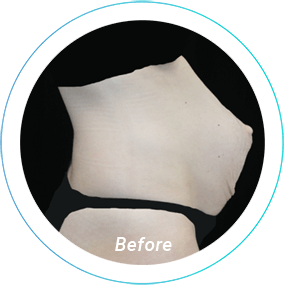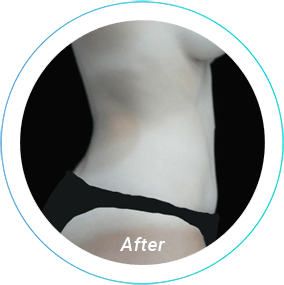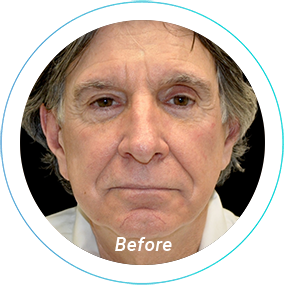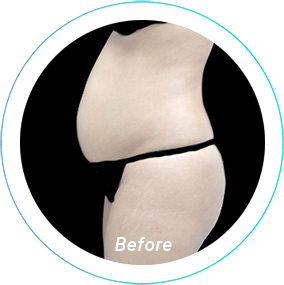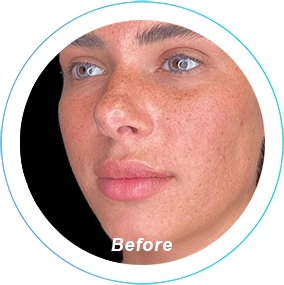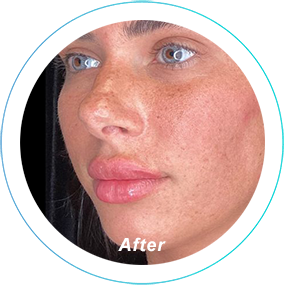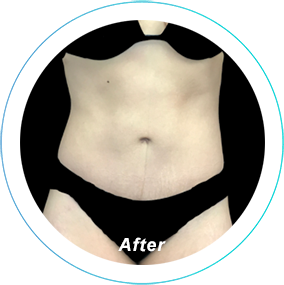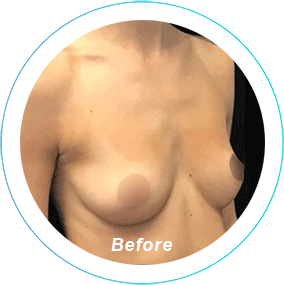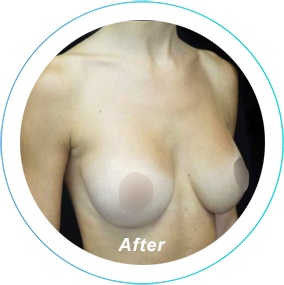Like any other major surgery, cosmetic surgery can produce scarring.
While skillful plastic surgeons employ a variety of methods to minimize or hide scars, scars can still come hand-in-hand with any cosmetic surgery performed. But educating yourself on scarring can help you to reduce the appearance your scar and make knowledgeable decisions about your surgery. Here are just a few things you need to know:
What will your scar look like?
The location of your scar depends on your body and, of course, on the surgery performed.
Liposuction: most scars from liposuction are under half an inch long and look more like small marks on the skin than noticeable scars. The mark will likely be a different tone than the rest of your skin, making it look like a very minor blemish.
Tummy Tuck: the majority of tummy tuck scars are placed as low on your abdomen as possible. The goal is to make it easy as possible for you to cover the scar with your underwear or bikini so that people notice your new flat stomach – not your scar.
Breast Augmentation: breast implants can be placed through incisions in a number of places on the body. Most commonly, your incision will be through the crease under your breast, where it is easy to hide. Other options include around the areola, which blends well with scars, or even above the bellybutton. Overall, the scars left from breast augmentation are very small, and when well-placed, unnoticeable.
Eyelid Surgery: scarring from eyelid surgery is actually fairly easy to minimize and obscure. Most likely, your scar will be hidden by your lash line, making it nearly impossible to notice.
What factors influence scar healing?
A skilled, board-certified surgeon like Dr. Wooten is trained in a variety of techniques that make scars minimal and easy-to-hide. But your body plays the biggest part in the healing process.
Your genes really determine how well your body heals. If you’ve ever suffered a serious cut or undergone surgery before, then you know how your body scars.
Taking care of yourself can also make the healing process easier. Your body needs vitamins, minerals and healthy foods to run well, and that is especially true during the healing process. If you smoke, now might be the time to quit: smoking inhibits your body’s ability to circulate oxygen, which promotes healing.
Barring any complications, though, most people heal well from their surgery and are happy with the results. While the healing process is different for every person, the result is generally the same: with time, your scar will blend in with the rest of your body, and you’ll get used to seeing it.
What can you do to minimize scarring?
Just because your genes play a major role in scar healing doesn’t mean you can’t do anything to help.
Most importantly: listen to the professionals. You’ll get individualized advice on how best to heal from the staff at Beleza. Helene Salopek, one of our RNs, spends time with all of our patients before their surgery to ensure that they’re educated on the healing process.
There are a variety of topical creams and gels specially designed to help scars heal. Ask Helene, Dr. Wooten or any of the rest of our medical staff about what might work best for you.
And finally: take care of yourself. Eat right, relax, and let your body take care of the rest.





